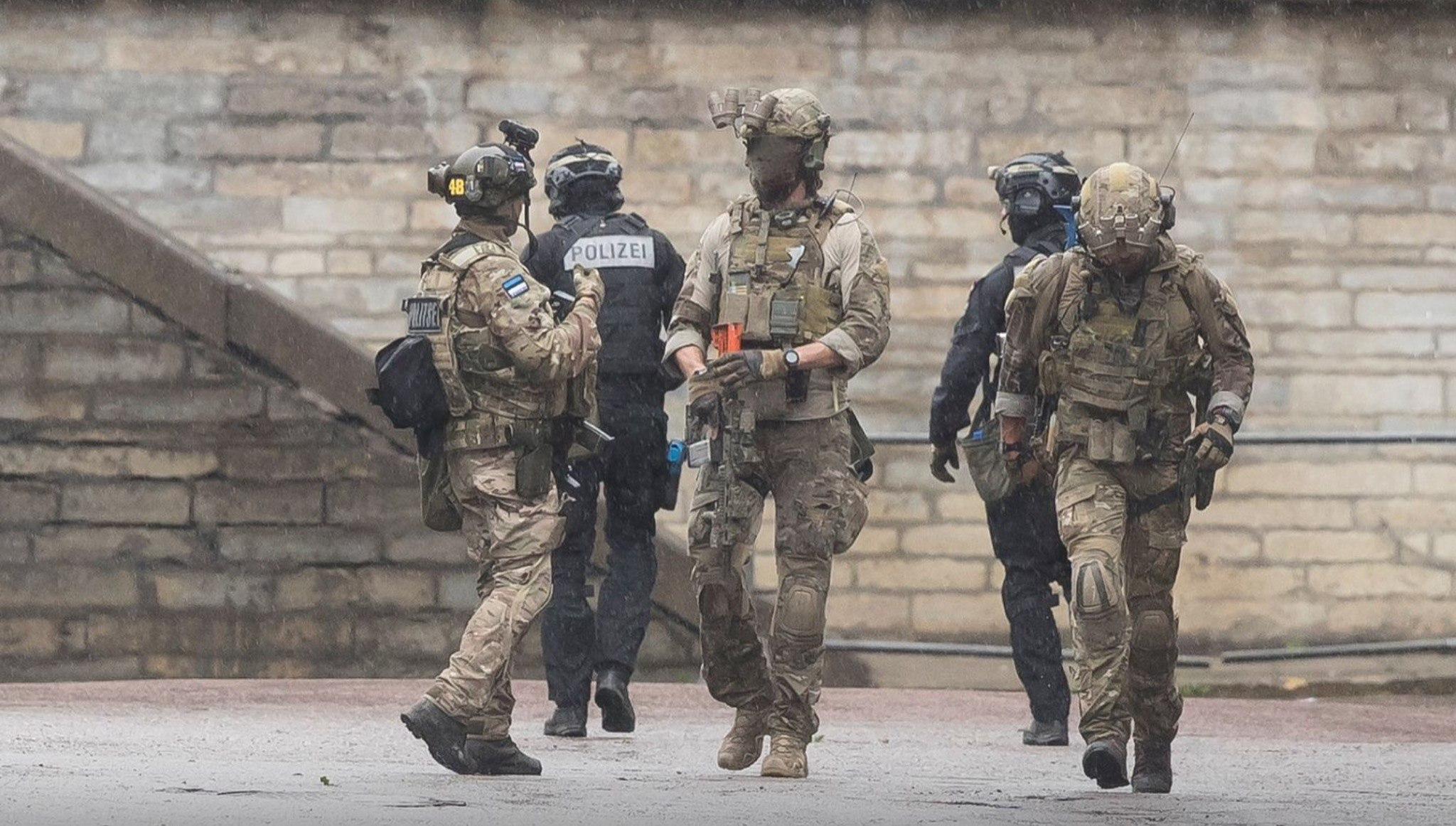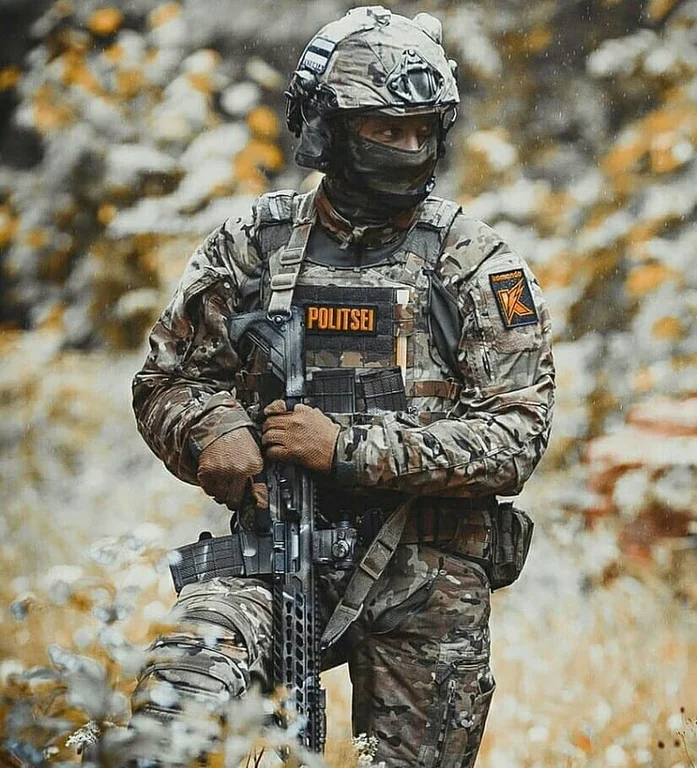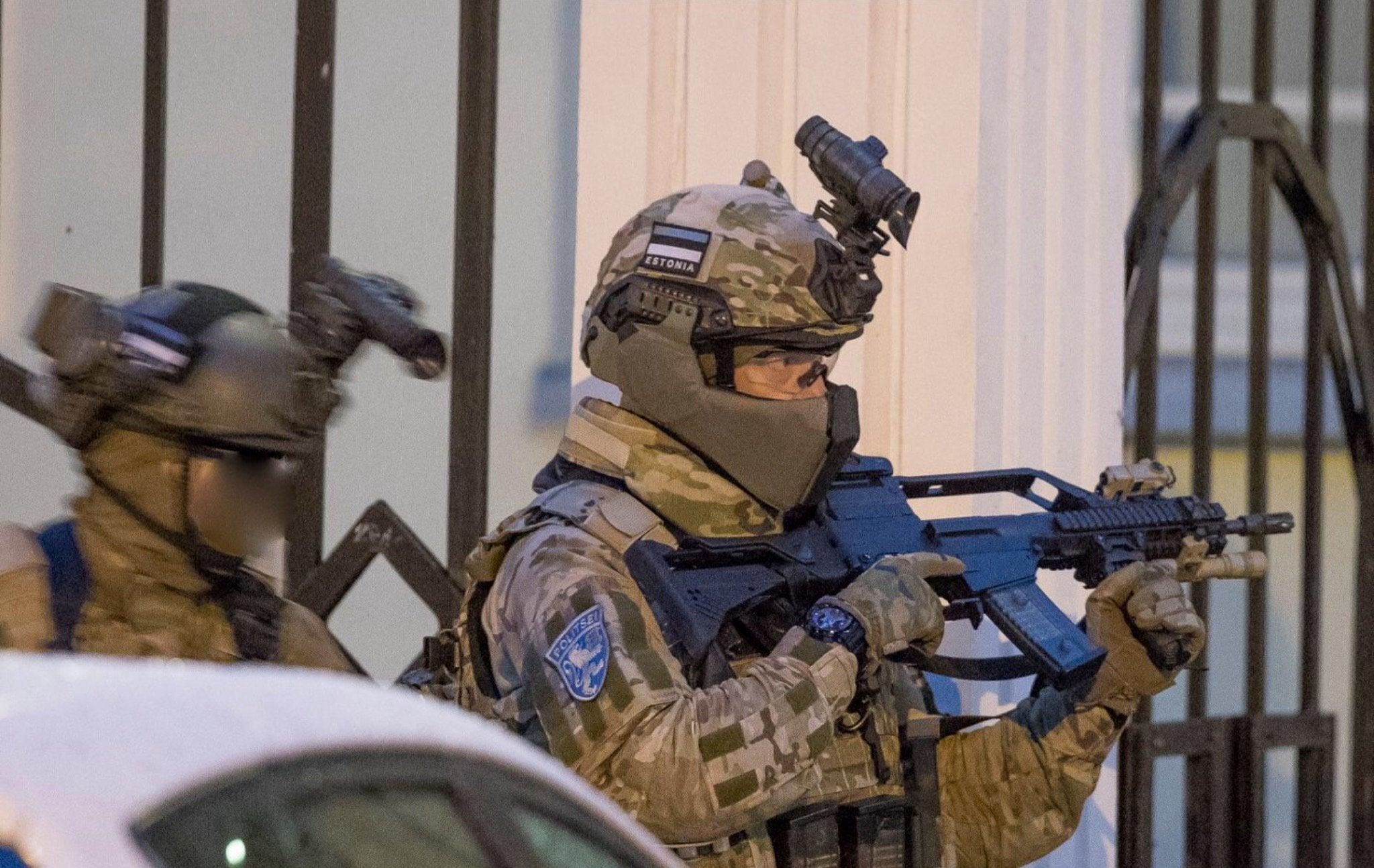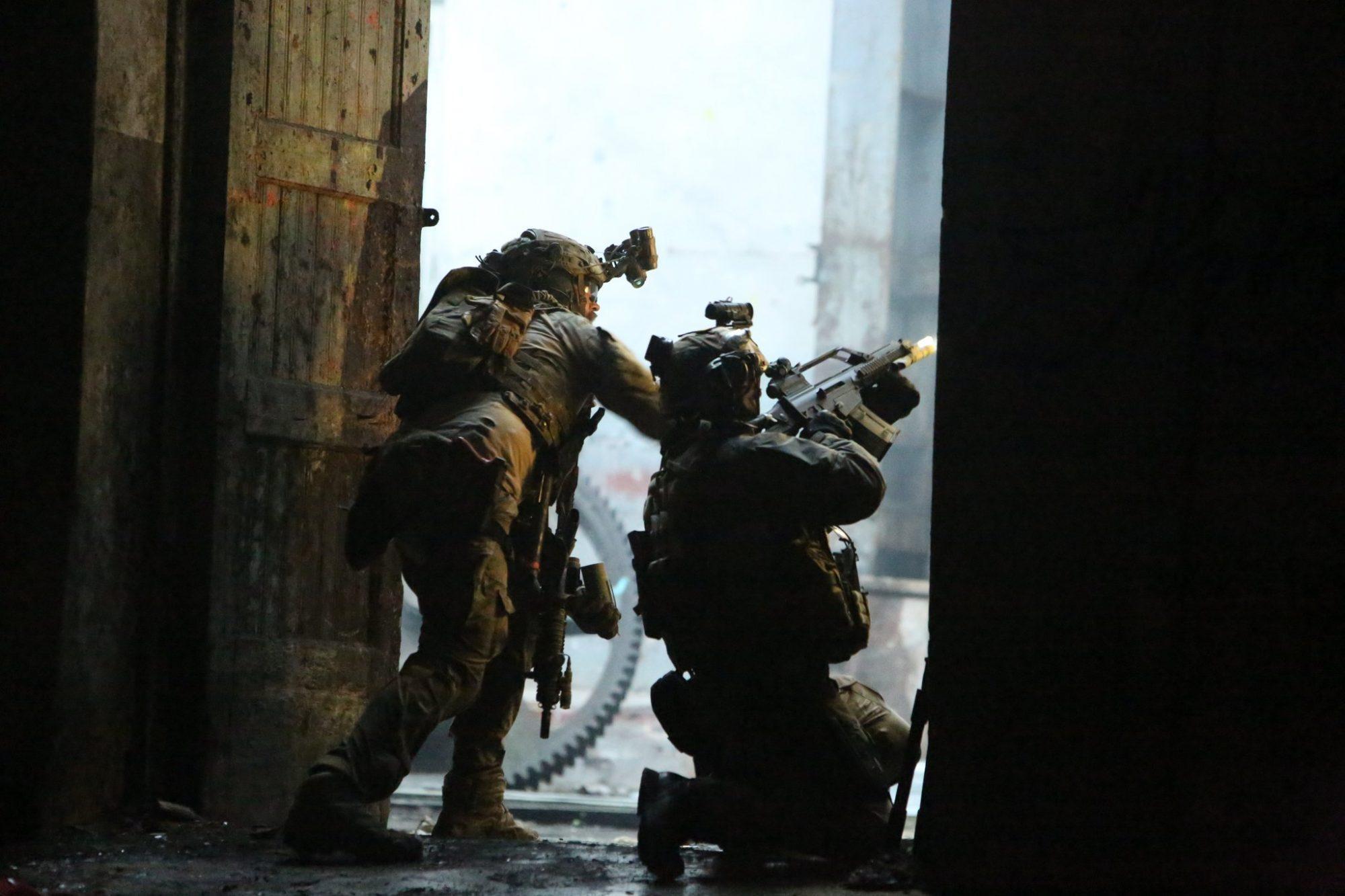The K-Commando is an elite commando unit hailing from Estonia. This unit is primarily assigned to the Estonian Criminal Police and is tasked with handling a variety of high-stakes and dangerous operations. The responsibilities of the K-Commando closely resemble those of the FBI Hostage Rescue Team. The K-Commando is based in the capital city of Estonia, Tallinn, and operates under the direct supervision of the Minister of Internal Affairs of Estonia.
History
Estonia’s history has been marked by centuries of foreign rule under various countries such as Denmark, Sweden, and Germany. Despite gaining independence in 1918, it was forcibly annexed by the Soviet Union in 1940. Following the collapse of the Soviet Union, Estonia regained its freedom. With the withdrawal of foreign troops, Estonia could establish connections with Western Europe and build its security forces. In 2004, Estonia joined both the NATO alliance and the European Union.

Estonia had to start building its security forces from scratch as a newly independent nation. However, they received significant assistance in forming special forces through partnerships with foreign powers, including agencies like the FBI and their Hostage Rescue Team (HRT). Thus, in 1991, Estonia created a special investigation unit called the Estonian Criminal Police, later renamed the K-Commando. The unit’s name was inspired by its first commander, Lembit Kalkutija.
Organization
The K-Commando unit is under the authority of the Keskkriminaalpolitsei, also known as the Central Criminal Police Office, and is accountable to the Minister of Interior. According to unverified sources, the unit is estimated to have around 300 highly skilled members.

Throughout its history, the unit has been referred to by different names, with K-Commando becoming one of its most well-known monikers. In the region, units like K-Commando are often referred to as SOGs (Special Operations Groups). This can confuse the term “SOG,” commonly used for other special military units, special forces, and a specific Estonian army group called SOG.
Mission
The K-Commando unit handles a range of high-stakes and dangerous operations, similar to those of other special forces units in other countries. Their responsibilities include:
- Rescuing hostages
- Monitoring and countering terrorist activities
- Securing, transporting, and managing particularly dangerous offenders and criminals
- Protecting VIPs and essential witnesses through witness protection programs
- As previously mentioned, the K-Commando unit was formed shortly after Estonia gained independence in 1991, responding to increasing crime and as a model for other countries in the region.
As a result of their similar assignments, the K-Commando unit is equipped with the latest technology and equipment used by other special units. The unit’s arsenal is built through collaboration with other Estonia units, including military and law enforcement agencies. This collaboration allows them access to army armored personnel carriers, police helicopters, and, if necessary, border police motor and speed boats.

Weaponry and Equipment
Estonia’s political evolution has also been reflected in the equipment and weapons used by the K-Commando unit. As a result, the unit has a diverse range of Soviet and Western weapons, including:
- Makarov pistol (9mm)
- Browning HP pistol (9mm)
- H&K MP5K submachine gun (9mm)
- H&K MP5A3 submachine gun (9mm)
- H&K MP5SD3 submachine gun with silencer (9mm)
- Automatic rifle AKS-74U (caliber 5.45 mm)
- H&K G36V rifle (5.56-mm)
- SIG SG551 SWAT-2P (5.56-mm)
- Sniper PSG1 (7.62 mm)
- DSR-1 rifle (7.62 mm)
Selection and Training
The K-Commando unit is renowned for its high professionalism and outstanding reputation. To be considered for the unit, candidates must pass a comprehensive series of tests. After completing these tests, their applications are reviewed by each member of the unit. After reaching a consensus among its members, the candidate will only be admitted to the unit. Similar to other special police units, candidates must also spend a certain period working in regular police roles.

Regarding training, the K-Commando unit closely follows the methods used by the German GSG 9 der Bundespolizei and the American FBI HRT. Their preferred martial arts technique is Wing Tsun (EWTO).
Quick facts
| K-Commando | |
| Country: | Estonia |
| Agency: | Police and Border Guard Board, Central Criminal Police |
| Active: | 1991 – Present |
| Motto: | – |
| Type: | Police Tactical Unit |
| Role: | Primary missions
Other roles
|
| Headquarters: | Tallinn |
| Size: | Classified (according to some unverified sources, around approx. 300 operators) |
| Notable operations: |
|
| Abbreviation: | K-Komando |





